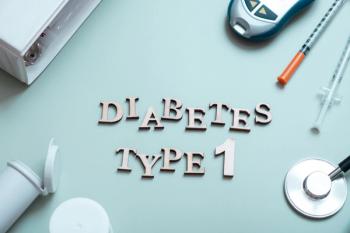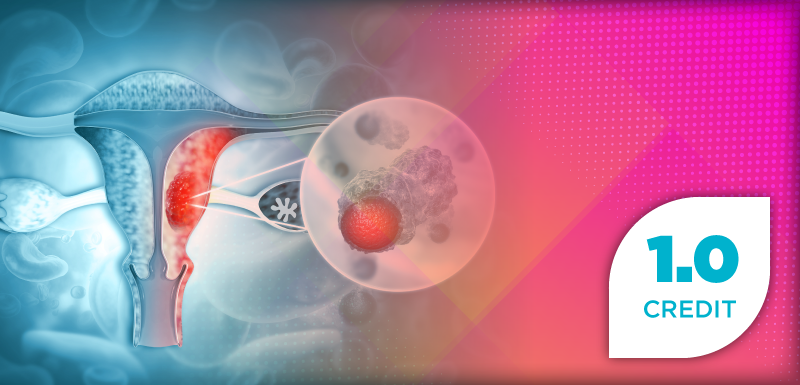
Treating OUD With Buprenorphine Improves Pregnancy Outcomes
Among patients treated with buprenorphine, 25.4% experienced adverse pregnancy outcomes, compared to 30.8% in the untreated group.
Using buprenorphine to treat opioid use disorder (OUD) during pregnancy was linked with improved outcomes for mothers and infants, according to new research published in the journal JAMA Health Forum.1 The authors of the study said the findings highlight the need for increased access to buprenorphine across the United States.
OUD has increased steadily among pregnant women, with data showing that 8.2 per 1000 deliveries in the country are affected by the condition.2 OUD during pregnancy has been associated with adverse health outcomes for both mother and infant, including overdose, infection, fetal growth restriction, preterm birth, and death.1 Although buprenorphine use is recommended, many pregnant women do not receive it.
READ MORE:
“Nationwide, pregnant women face substantial barriers to getting treatment for opioid use disorder—and as a result, we’ve seen increases in overdose deaths before and after they deliver their babies,” Stephen Patrick, MD, senior author on the study, said in a release.3 “There is a surprising lack of data comparing buprenorphine—the most common treatment for opioid use disorder—with no treatment.”
Investigators from Vanderbilt University and Emory University’s Rollins School of Public Health conducted a study to assess if treatment with buprenorphine for OUD in pregnancy was associated with improved maternal and infant outcomes compared to no treatment. Data for the study was gathered from Tennessee Medicaid records between 2010 and 2021 and was linked to birth and death certificates.
The study included 14463 maternal-infant dyads, of which 7469 received buprenorphine treatment. Patients were enrolled in the Tennessee Medicaid program from 20 weeks estimated gestational age to 6 weeks postpartum. Pregnant women were included if they were between the ages of 15 and 44, and had an OUD diagnosis or a filled buprenorphine prescription during pregnancy. Primary study outcomes included severe maternal morbidity, ICU admission, maternal death, preterm birth, NICU admission, and infant death.
The investigators found that the yearly rate of adverse pregnancy outcomes increased from 27% to 31.6%. The data showed that adverse maternal outcomes increased from 4.9% to 5.6%, while adverse infant outcomes increased from 24.5% to 29.7%. Among the patients treated with buprenorphine, 25.4% experienced adverse pregnancy outcomes, compared to 30.8% in the untreated group. Rates of severe maternal morbidity and NICU admissions were lower in the treatment group.
There was no statistically significant difference in the rates of ICU admission, maternal death, or infant death between the groups. However, rates of neonatal opioid withdrawal syndrome were higher in the treatment group.
Study limitations include the possibility of residual confounding, misclassification bias in primary data sources, potential bias due to the fact that actual medication administration was not observed, that the findings may not be generalizable beyond Tennessee or to non-Medicaid populations, and that diagnoses could have occurred before pregnancy.
“Disparities in access to buprenorphine significantly affect vulnerable populations, including pregnant women,” Sunaya Krishnapura, graduating medical student at Vanderbilt University School of Medicine and an author on the study, said in a release.4 “Our findings underscore the urgent need for policies that expand treatment access in the United States to ensure a healthy pregnancy and future for mothers and infants.”
READ MORE:
Are you ready to elevate your pharmacy practice? Sign up today for our
References
1. Krishnapura SR, McNeer E, Loch SF, et al. Buprenorphine Treatment in Pregnancy and Maternal-Infant Outcomes. JAMA Health Forum. 2025;6(4.11):e251814. doi:10.1001/jamahealthforum.2025.1814
2. Suarez EA, Huybrechts KF, Straub L. Buprenorphine versus Methadone for Opioid Use Disorder in Pregnancy. N Engl J Med. 2022 Dec 1;387(22):2033-2044. doi: 10.1056/NEJMoa2203318. PMID: 36449419; PMCID: PMC9873239.
3. Study: Treating Opioid Use Disorder in Pregnancy with Buprenorphine Improves Maternal, Infant Health. News Release. Emory University. April 27, 2025. Accessed May 6, 2025. https://sph.emory.edu/news/news-release/2025/04/Buprenorphine-and-pregnancy.html
4. Study: Opioid use disorder treatment improves pregnancy outcomes. News Release. Pediatric Academic Societies. April 25, 2025. Accessed May 6, 2025. https://www.eurekalert.org/news-releases/1081699
Newsletter
Pharmacy practice is always changing. Stay ahead of the curve with the Drug Topics newsletter and get the latest drug information, industry trends, and patient care tips.





















































































































































